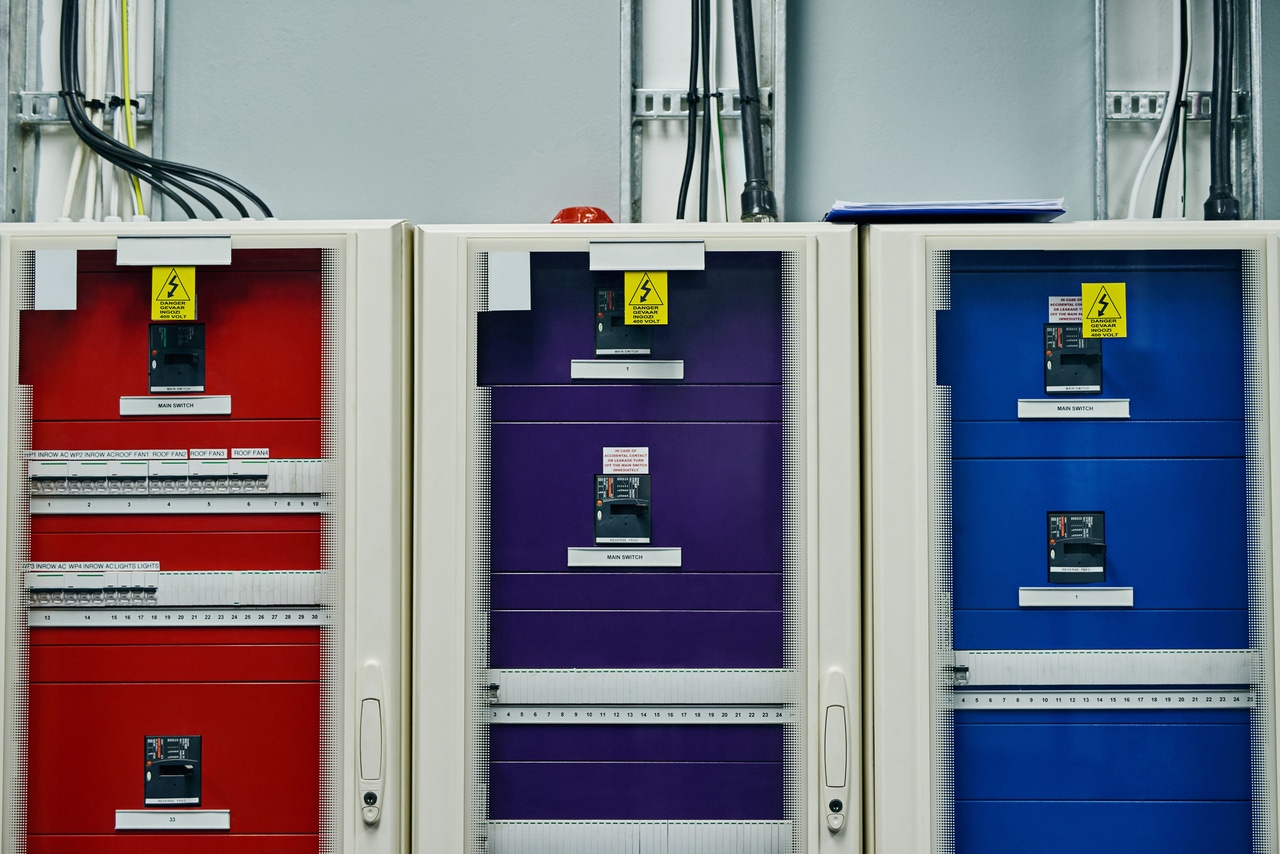
Insight and analysis on the data center space from industry thought leaders.
As Data Centers Focus on Density, GaN Looks Increasingly AttractiveAs Data Centers Focus on Density, GaN Looks Increasingly Attractive
Here’s why the conversation about GaN power semiconductors in the data center is changing.
March 31, 2021


paul wiener gan systems headshot
Paul Wiener is VP of Strategic Marketing at GaN Systems
Conversations about GaN power semiconductors in the data center are changing.
Widespread adoption in the data center industry seems inevitable, given its many advantages over legacy silicon MOSFET solutions, but it’s being impeded by the method upon which GaN value is assessed in data center applications.
The dialogue between today’s global data center leaders and power supply and server vendors has been ongoing for some time, and it’s starting to show encouraging signs, with both internal and external forces helping to drive the conversation forward. Let’s take a deeper look at those forces and how they are leading to changes in the data center.
Let’s start with two market dynamics: data center growth and the environment. With 44 zettabytes of data residing in our data centers coming from 8 to 30 billion connected devices all over the world and about a 10 percent increase in data center growth expected in the next year, the need to change data center economics through power supply design has never been more apparent.
The perfect storm of increased infrastructure spending, new regulatory policies requiring higher power supply efficiency, and demands for increased power density inside the data center has brought the industry to an inflection point at a time when data centers account for 1 percent of the world's energy use – a portion that’s projected to grow.
Data center leaders have addressed their industry’s unprecedented growth by leaning on new and improved corporate sustainability practices focused on renewable energy and water recycling. Some have deployed data centers in Nordic regions, for example, where both air temperature and the incoming water are cold, to avoid having to push chillers so hard. Some have invested in AI to optimize data center cooling . While these are all positive steps with favorable results, one of the root sources of heat and power consumption also requires change and improvement.
By replacing legacy power supplies based on silicon MOSFETs with GaN transistor-based designs data centers power supplies can more easily achieve higher operating efficiency. In addition to saving energy costs, this benefit correlates with today's culture of energy responsibility and C-Suite prioritization of sustainability. Incrementally, GaN-based power supplies can deliver 2X the power in the same size, or the same power in 1/2 the size.
But, as mentioned, there are also external forces at work adding to the pressure. For example, the European Union’s “Lot 9” 2023 regulatory policies focusing on data center infrastructure as related to power supply and energy efficiency requirements will have a significant impact on the future of data center power supply design. Over the next year, GaN‘s major impact will be centered on enabling new levels of combined efficiency and power density.
Changing Metrics
This brings us to system cost and making the case for GaN from an economic standpoint. While this conversation is still ongoing, all corners of the data center ecosystem are starting to look at costs differently. Specifically, we’re seeing the key power supply metric in the industry shifting from dollars-per-watt to dollars-per-density, a metric where density is a measure of size and power of the power supply.
This metric is critical to the overall server design, whereby a half-sized power supply opens up the server for more DIMM storage, where demand is forecasted to skyrocket. Hence, dollars-per-density will ultimately influence server design and strategic data center decisions to become a dominant figure of merit.
Using the dollars-per-density, a GaN-based power supply is lower-cost and provides more freedom in design and more value at the operator level than silicon. We’re seeing this resonate in our conversations now, and it’s a big reason some of the biggest server OEMs have made GaN transistors part of their power supply designs.
Long-Term Savings Quell CapEx Sticker Shock
Communicating the value of the economics hasn’t been easy, given all the players in the supply chain that need to be aligned, but it’s happening in real-time. This ecosystem largely consists of data center operators, data center server companies, and power supply manufacturers. We sell our GaN power semiconductors to power supply manufacturers, who incorporate them into their designs and sell them to server and infrastructure companies, who in turn sell their solutions to data center operators.
For more vertically integrated customers, the value chain is compressed and the dollars-per-density analysis is well understood. A manufacturer of both power supplies and servers not only recognizes the energy efficiency and performance benefits of GaN, they understand the economic advantages as well. When they sell full systems into data centers, they can easily alleviate any sticker shock by reinforcing the dollar-per-density value and how it will save the data center on electricity and the cost of future builds while provide twice the capacity – translating into cost savings and increased revenue.
But we’re not alone in driving this change of mindset. Global leaders like Alibaba have highlighted GaN as a top trend in 2021. The GaN market is on the cusp of a major domino effect, with more global leaders about to tip over and go public with their adoption of GaN power semiconductors for the reasons stated above. It’s all happening at a data center near you. There’s a perfect storm brewing, and its gaining momentum. Just watch.
Opinions expressed in the article above do not necessarily reflect the opinions of Data Center Knowledge and Informa.
Industry Perspectives is a content channel at Data Center Knowledge highlighting thought leadership in the data center arena. See our guidelines and submission process for information on participating.
About the Author
You May Also Like







